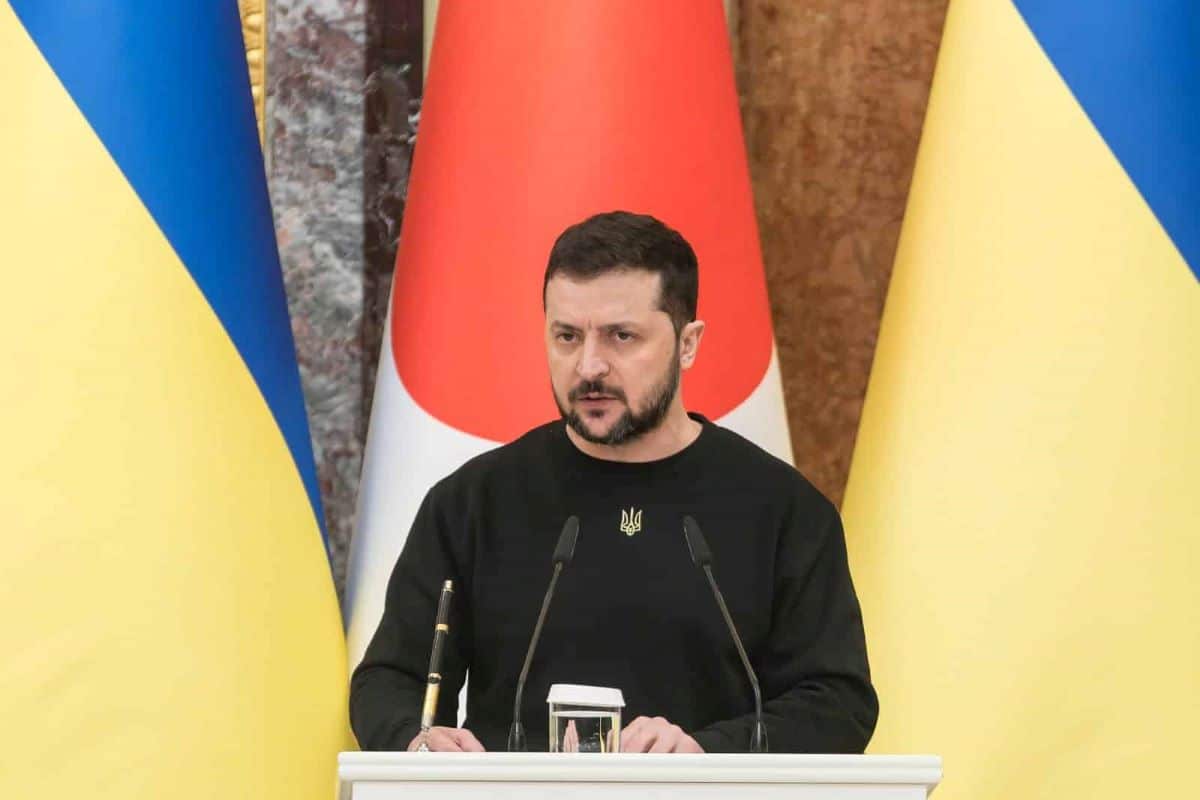Ukraine seeks to use $300bn in frozen Russian assets for its reconstruction, facing costs near $500bn due to war damage. With only $5.5bn secured for 2024’s immediate needs, the ongoing conflict underlines the urgency of international support and asset confiscation for recovery.
Frozen Assets
Since the war in Ukraine started, Russian assets have been frozen and seized in countries all around the world. Now, Ukraine is urging the use of frozen Russian assets, estimated at $300bn, to fund its reconstruction due to war devastation, with costs now nearing $500bn.
A combined report by the World Bank, Ukraine’s government, the European Commission, and the UN highlights the war’s impact, shrinking Ukraine’s economy by over 25% and causing significant setbacks for the country.
Denys Shmyhal, Ukraine’s prime minister, said: “The needs for reconstruction have continued to grow over the past year. The main resource for Ukraine’s recovery should be the confiscation of Russian assets frozen in the west. We need to start this process already this year.”
Prime Minister Denys Shmyhal emphasizes the growing need for reconstruction, calling for the confiscation of Russian assets in the West to support Ukraine’s recovery starting as soon as possible.
The Cost of Reconstruction
The direct damage done to Ukraine is currently estimated at $152bn. Based on this number, the 10-year reconstruction cost of essential infrastructure is projected at $486bn, up $75bn from the previous year.
Ukraine estimates that in 2024, it will need at least $15bn for immediate reconstruction efforts. Unfortunately, it has only secured $5.5bn from international partners and resources. This means the confiscated Russian assets could be very beneficial to their efforts.
Ongoing attacks, including those on infrastructure and cities like Kyiv, Odesa, and Lviv, have continued, with significant environmental and societal impacts, especially following the destruction of the Kakhovka dam and hydropower plant in June 2023.
Reconstruction So Far
Despite the lack of funds to make a full reconstruction effort, recovery efforts have begun, with significant restoration work completed on housing, educational, medical, and critical infrastructure facilities, supported by international financial aid.
Russia and Ukraine exchanged air attacks, with Moscow targeting Ukrainian cities and Kyiv striking Belgorod in Russia, demonstrating the conflict’s escalation and broader geographic impact. Ukrainian President Volodymyr Zelenskiy welcomed the U.S. Senate’s approval of $61bn in aid for Ukraine, highlighting the Ukrainian need for international support for Ukraine’s resilience and recovery.
Broadening Sanctions
Because of this new strategy of using confiscated Russian assets to help fund Ukraine’s reconstruction, sanctions against Russia may be broadened and more strictly enforced to disrupt Russia’s means of production and military capabilities, with a focus on using frozen Russian assets to benefit Ukraine.
There has also been an increased use of drones by Ukraine in their ongoing war efforts. This signifies a strategic shift to level the playing field against Russia and underscores the importance of modern warfare technologies in the conflict.
Russian forces also continue to target civilian infrastructure in Ukraine, including attacks on cities like Donetsk and Dnipro, causing casualties and disrupting essential services. Attacking infrastructures that support essential services has made the conversation regarding Ukrainian reconstruction more necessary.
Sustainment Strategies
Ukraine’s ability to maintain and upgrade its forces through Western military support contrasts with Russia’s depletion of its prewar active tank inventory, highlighting the differing military sustainment strategies of the two countries.
The ongoing conflict and its global implications underscore the urgency for diplomatic, economic, and military support strategies to address the immediate and long-term challenges faced by Ukraine and the broader international community that has been affected.
The post Can Frozen Russian Assets Rebuild Ukraine? The $300 Billion Question first appeared on Swift Feed.
Featured Image Credit: Shutterstock / paparazzza.
The content of this article is for informational purposes only and does not constitute or replace professional financial advice.

